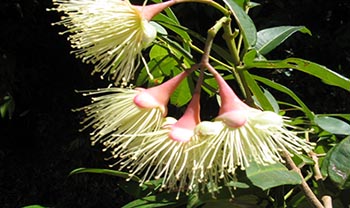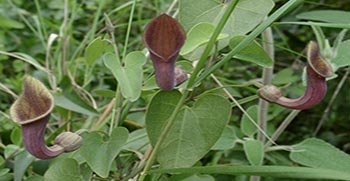Implementation of strategic plans for species conservation over the next decade keeping the Aichi Biodiversity Targets in view. This includes working out the modalities for monitoring rare plant populations vis-à-vis the climate change scenario.



Implementation of strategic plans for species conservation over the next decade keeping the Aichi Biodiversity Targets in view. This includes working out the modalities for monitoring rare plant populations vis-à-vis the climate change scenario.
Red listing programme with involvement of network partners is underway; this includes value addition to the database on threatened plants leading to evaluation based on the IUCN categories and criteria.
Red listing programme with Assessment of habitats of threatened plants and micro- hotspots and development of Conservation Action Plans.
The ISPCN activities address the Aichi Biodiversity Targets 1, 11 and 12. The outputs of the ISPCN activities would influence development of management plans at local level and policy formulation at national level.

Red listing of endemic plants; first batch of assessments comprising 2000 species completed.
Recovery programmes for 8 endangered plants, including 2 that are listed under the CITES appendices, completed.
Advocated expansion of the scope of Wildlife Protection Act to include 13 threatened plant species.
Conservation monitoring of about 5600 endemic plants of the Indian subcontinent; collection of field data across a vast geographic spread, with diverse ecosystems/ inaccessible forest areas, remains an exciting challenge.
Involving local /marginalised communities, whose livelihoods depend on forests, in plant conservation programmes.

Conservation of threatened plants of the Indian subcontinent with stakeholder involvement through:
red listing of about 5600 endemic plants, recovery programmes of prioritised endangered plants, and ensuring inclusion of more candidate plant species in national/state legislations and negative lists for according protection;
sensitising policy makers and biodiversity managers to the urgent need for including ‘plant conservation areas’ for demarcating/notifying protected areas, etc.
